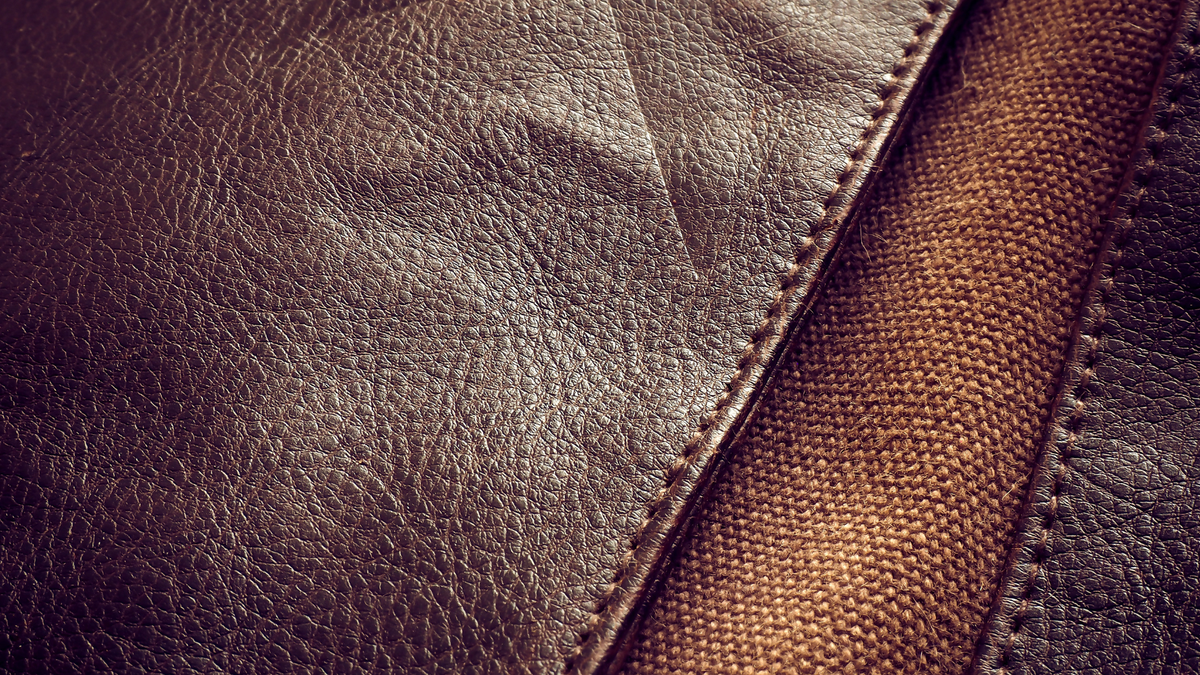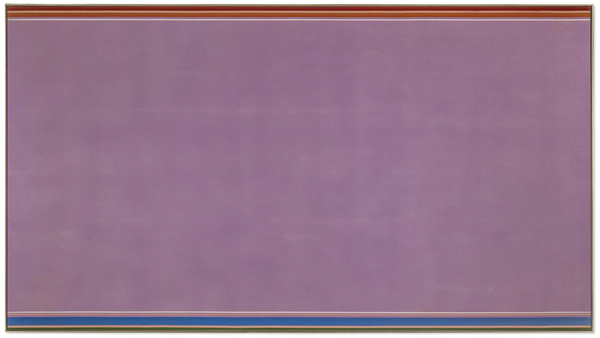From Ancient Necessity to Luxury Obsession
Leather has held a special place in human history, evolving from a basic material used for survival into a symbol of sophistication and luxury.

Throughout the centuries, it has embodied a fusion of practicality, craftsmanship, and artistry, serving both functional and aesthetic purposes. From the moment early humans began to use animal hides for protection against the elements to the modern-day haute-couture fashion houses that craft leather into coveted luxury goods, leather’s story is one of remarkable transformation and enduring appeal.
The origins of leather usage can be traced back to prehistoric times, during the Upper Palaeolithic period, when early humans began utilising animal hides to make clothing and tools. The natural qualities of leather—its durability, flexibility, and ability to protect against harsh conditions—made it an essential resource for these early communities. They developed rudimentary techniques to preserve hides, such as air-drying and smoking, to prevent the leather from deteriorating. This marked the beginning of humanity’s long-standing relationship with leather.

One of the most fascinating artefacts of early leather craftsmanship is the leather shoe discovered alongside Ötzi the Iceman, a mummified body found in the Ötztal Alps in 1991. Ötzi lived around 3300 BCE, and his well-preserved leather shoe provides a tangible connection to the ancient world of leatherworking. The shoe, crafted from a combination of animal leather and plant fibres, showcases the ingenuity and resourcefulness of early humans. Its design, incorporating materials such as deerskin, bearskin, and woven grass, reflects a sophisticated understanding of how to utilise natural resources to create functional footwear. The discovery of this artefact highlights not only the practical importance of leather in early human life but also the high level of skill involved in working with this material.
The use of leather continued to evolve over the millennia, with different cultures developing their own techniques for tanning and crafting leather goods. By around 4000 BCE, the ancient Egyptians had become pioneers in the development of leather processing techniques, particularly through the use of vegetable tanning. This method involved extracting tannins from plant materials to preserve animal hides, making them more durable and resistant to decay. The Egyptians used leather for a variety of purposes, including the creation of sandals, shields, belts, and even ceremonial masks. The process of vegetable tanning was a significant technological advancement, allowing for the production of stronger and longer-lasting leather goods.
This innovation demonstrated the Egyptians’ understanding of chemistry and their ability to manipulate natural materials to suit their needs.
As leatherworking spread across the ancient world, different civilisations adapted the material for their uses. In ancient Mesopotamia, leather was used for writing materials, with early cuneiform texts inscribed on leather scrolls. The Greeks and Romans, known for their military prowess, heavily relied on leather for armour, sandals, and horse tack. Roman soldiers, for example, wore leather cuirasses to protect themselves in battle, and their caligae—heavy-duty sandals reinforced with iron studs—became iconic symbols of the Roman military. Leather was not only practical but also a mark of status and power, with wealthier citizens often wearing finely crafted leather garments and accessories.
The significance of leather in the ancient world extended beyond practical applications. In some cultures, leather was imbued with symbolic meaning. For example, in Egypt, leather was associated with the gods and the afterlife. Leather sandals were sometimes placed in tombs to accompany the deceased on their journey to the afterlife, and leather was used in religious ceremonies to create objects of worship. The durability and versatility of leather made it a valuable material for both the living and the dead.
As we move into the Middle Ages, leather maintained its importance as a material for both practical and artistic purposes. Leatherworking became an established craft, with guilds forming across Europe to regulate the trade and ensure high standards of production. In cities like Florence and Paris, leatherworkers were highly respected for their skill and craftsmanship. The leather goods they produced ranged from everyday items like shoes and belts to more specialised products like armour and saddles. Leather was also used in bookbinding, with the finest manuscripts of the time bound in luxurious leather covers.
During the Renaissance, leather became increasingly associated with art and luxury. The period was marked by a resurgence of interest in classical antiquity, and leather was often used in the creation of objects that combined beauty with functionality.

Lorenzo de' Medici, one of the most prominent patrons of the arts during the Renaissance, supported leatherworkers as part of his broader patronage of artisans and craftsmen. The leather goods produced during this time were often intricately decorated with embossing, gilding, and other embellishments, reflecting the Renaissance’s emphasis on artistry and refinement.
One of the most famous examples of leather craftsmanship from this period is Leonardo da Vinci’s Codex Leicester. This collection of scientific writings, which includes some of da Vinci’s most important ideas and observations, was bound in fine leather, demonstrating the importance of leather in preserving and presenting knowledge. The use of leather in bookbinding during the Renaissance was not only practical—protecting valuable manuscripts from damage—but also a reflection of the status of the works contained within. Books bound in leather were seen as objects of prestige and were often displayed in the homes of the wealthy and educated.
As time progressed, the Industrial Revolution brought significant changes to leather production. In the 19th century, chrome tanning was developed, a method that allowed for faster and more efficient processing of leather. This innovation revolutionised the leather industry, enabling mass production while still maintaining the quality and flexibility of the material. Luxury brands, such as Hermès, adapted to these industrial changes without sacrificing their commitment to traditional craftsmanship.
Hermès, known for its exquisite leather goods, has long been synonymous with luxury. Its iconic Birkin bag, often crafted from vegetable-tanned leather, is a symbol of both innovation and heritage in leatherworking. The Birkin bag’s rarity, exclusivity, and meticulous craftsmanship have made it one of the most coveted items in the world of fashion.
Leather’s versatility extends beyond its use in fashion. It has become a material of choice for many different industries, from furniture making to automotive interiors. Full-grain leather, the highest quality leather, is prized for its durability and natural appearance. This type of leather, which retains the original grain of the hide, develops a unique patina over time, adding character and depth to the material. A famous example of full-grain leather’s enduring appeal is Steve Jobs’s black leather jacket, which he often wore during Apple product launches. The jacket, with its simple yet iconic design, became synonymous with Jobs’s minimalist aesthetic and his commitment to quality and craftsmanship. Over time, the jacket developed a patina that reflected its long use and the timelessness of leather as a material.
While full-grain leather is celebrated for its natural beauty and longevity, other types of leather are also valued in different contexts. Top-grain leather, for example, is known for its smooth finish and is often used in high-end fashion accessories. The Ralph Lauren Ricky Bag, made from top-grain leather, exemplifies the elegance and sophistication associated with this material. Although it is slightly less durable than full-grain leather, top-grain leather is still highly prized for its refined appearance and luxurious feel.
Genuine leather, which is derived from the lower layers of the hide, is more affordable and commonly used in everyday products. Karl Lagerfeld, the legendary designer behind Chanel, utilised genuine leather in many of his creations, including the Chanel Boy Bag. Lagerfeld’s use of genuine leather demonstrates how the material can be both stylish and accessible, making it a practical choice for a wider audience.
In addition to these more common types of leather, exotic leathers, such as crocodile, ostrich, and python, are highly sought after for their rarity and distinctive textures. The Hermès Crocodile Birkin Bag, for example, is a prime example of exotic leather’s role in luxury fashion. Victoria Beckham, known for her impeccable sense of style, has been photographed with her extensive collection of Hermès Birkin bags, many of which are crafted from exotic leathers. These bags, with their unique textures and patterns, are symbols of exclusivity and sophistication, further elevating leather’s status in the world of luxury goods.
One of the reasons leather remains so prized, aside from its beauty and versatility, is its remarkable longevity. With proper care, high-quality leather items can last for decades, even generations. Full-grain leather, in particular, can endure for over 50 years, as demonstrated by iconic pieces like the Hermès Kelly Bag. However, to achieve this level of durability, leather must be well-maintained. Proper care involves regular cleaning, conditioning, and storage to ensure that the leather remains supple and resistant to wear and tear.
Leather care has become an art in itself, with specialised products and services dedicated to preserving the quality of leather goods. Brands like Saphir, a renowned name in leather care, offer a range of products designed to maintain and restore leather items. The Saphir Renovateur Leather Conditioner, for instance, is used by leather enthusiasts to keep their prized possessions in top condition. Regular conditioning helps to prevent the leather from drying out and cracking, while also enhancing its natural lustre.
Cleaning leather items is another essential part of their care routine. For everyday maintenance, a soft, damp cloth and a mild leather cleaner are sufficient to remove dirt and debris. For more intensive cleaning, services like Leather Spa provide professional treatments tailored to luxury leather goods. Their expertise ensures that even the most delicate leather items are restored to their original condition.
Proper storage is also critical to preserving the longevity of leather. Leather should be kept in a cool, dry place, away from direct sunlight, which can cause fading and drying. Many luxury brands, such as Gucci, provide breathable dust bags for their leather products to protect them from dust and moisture. These simple but effective storage solutions help to ensure that leather items remain in pristine condition for years to come.
Another characteristic that sets leather apart from other materials is its ability to develop a patina over time. This natural ageing process adds depth and richness to the leather, giving it a unique character that reflects its history of use. The patina seen on vintage Hermès bags or classic leather jackets, like the Aero Leathers Horsehide Jacket, is a testament to leather’s enduring beauty. As leather ages, it not only retains its strength and durability but also gains a distinctive charm that makes it even more desirable.
In conclusion, leather’s journey from ancient utility to modern luxury is a story of innovation, craftsmanship, and timeless appeal. Its rich history, spanning from the prehistoric era to the heights of contemporary fashion, underscores its versatility and significance. Whether in the form of ancient sandals, Renaissance bookbindings, or modern-day fashion icons like the Birkin bag, leather has remained a constant presence in human life. Its ability to blend functionality with elegance, along with its unparalleled longevity, makes it a material of choice for those who appreciate quality and refinement. Through the examples of influential figures such as Steve Jobs and Karl Lagerfeld, and iconic items like the Hermès Birkin and Chanel Boy Bag, we see how leather continues to be a symbol of sophistication and luxury, cherished for generations as part of a well-lived, stylish life.





